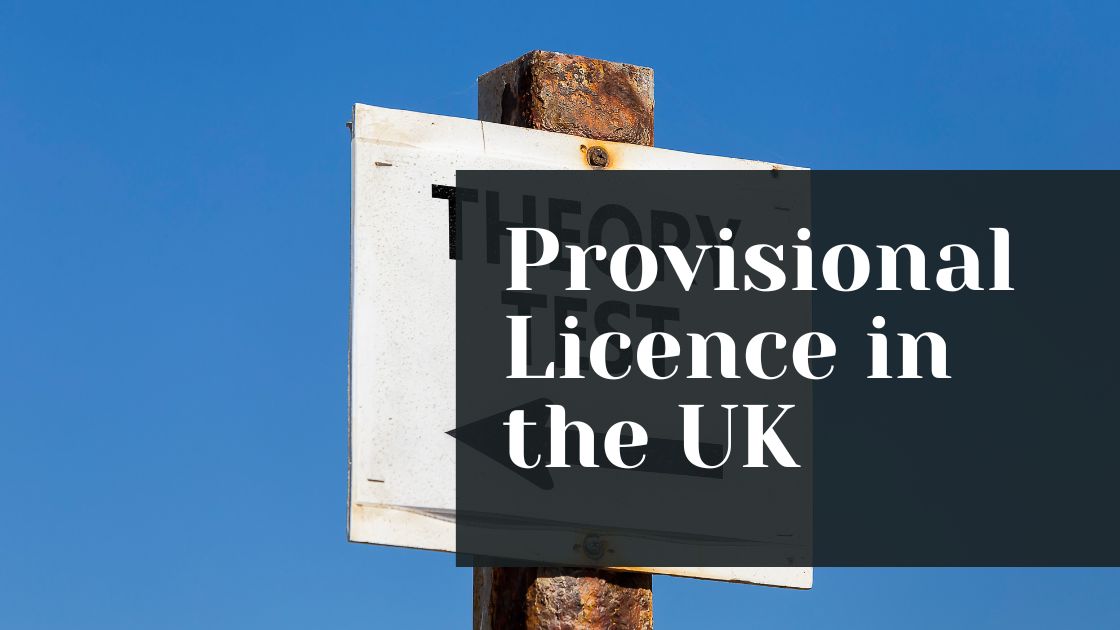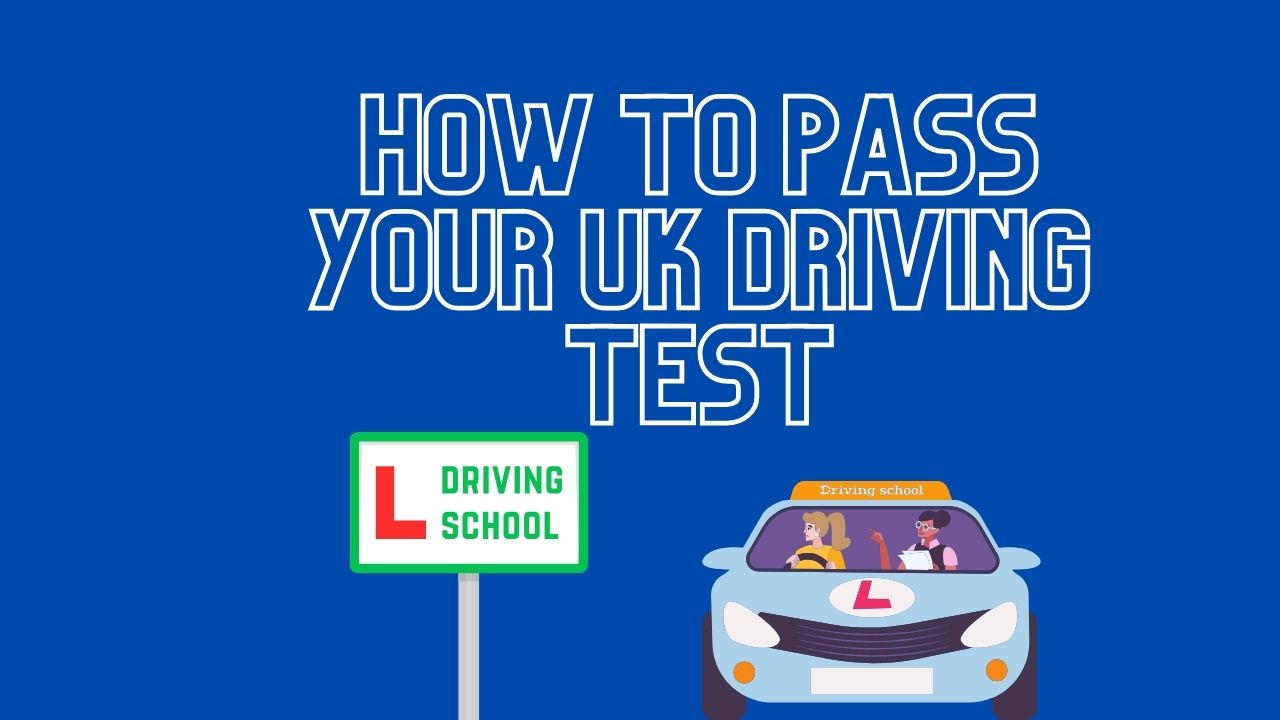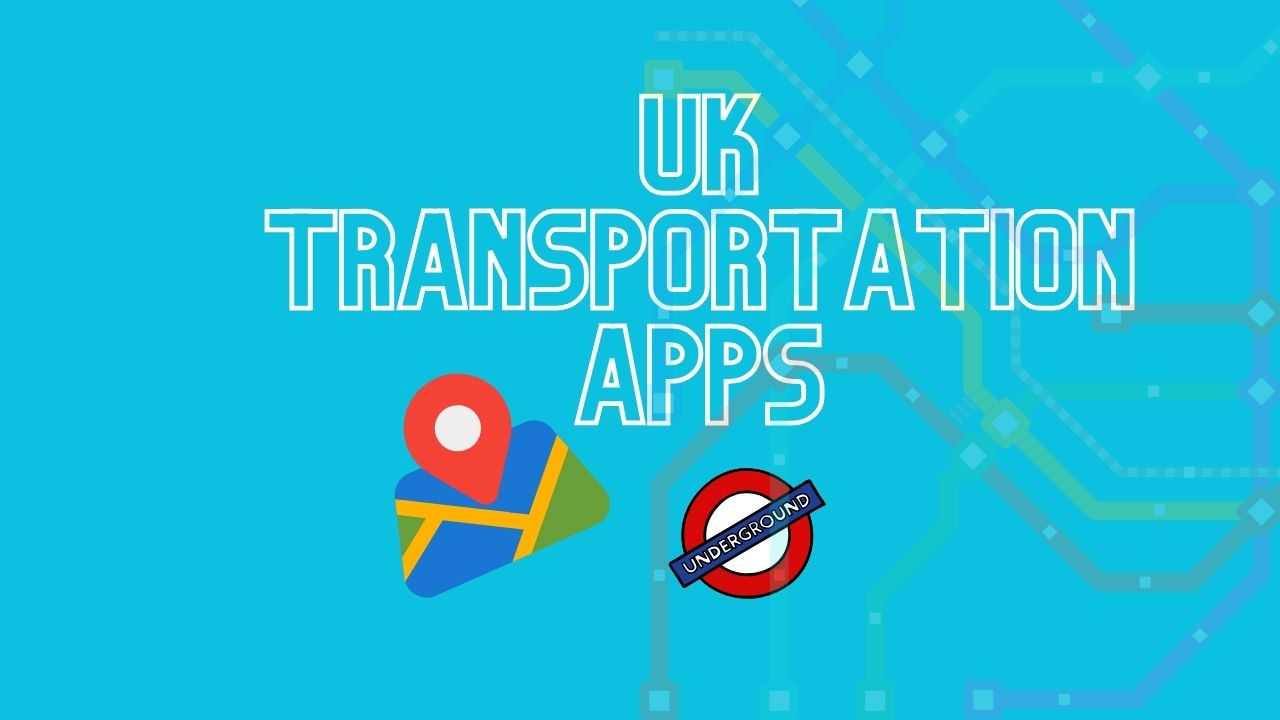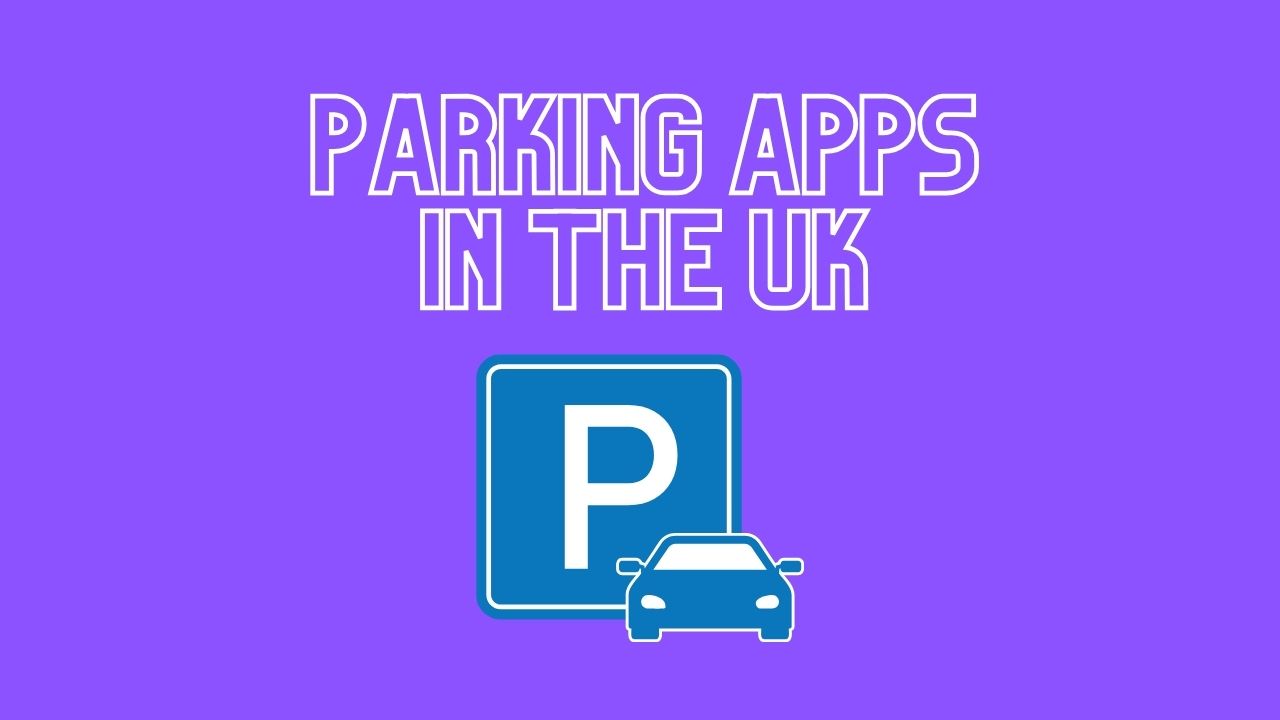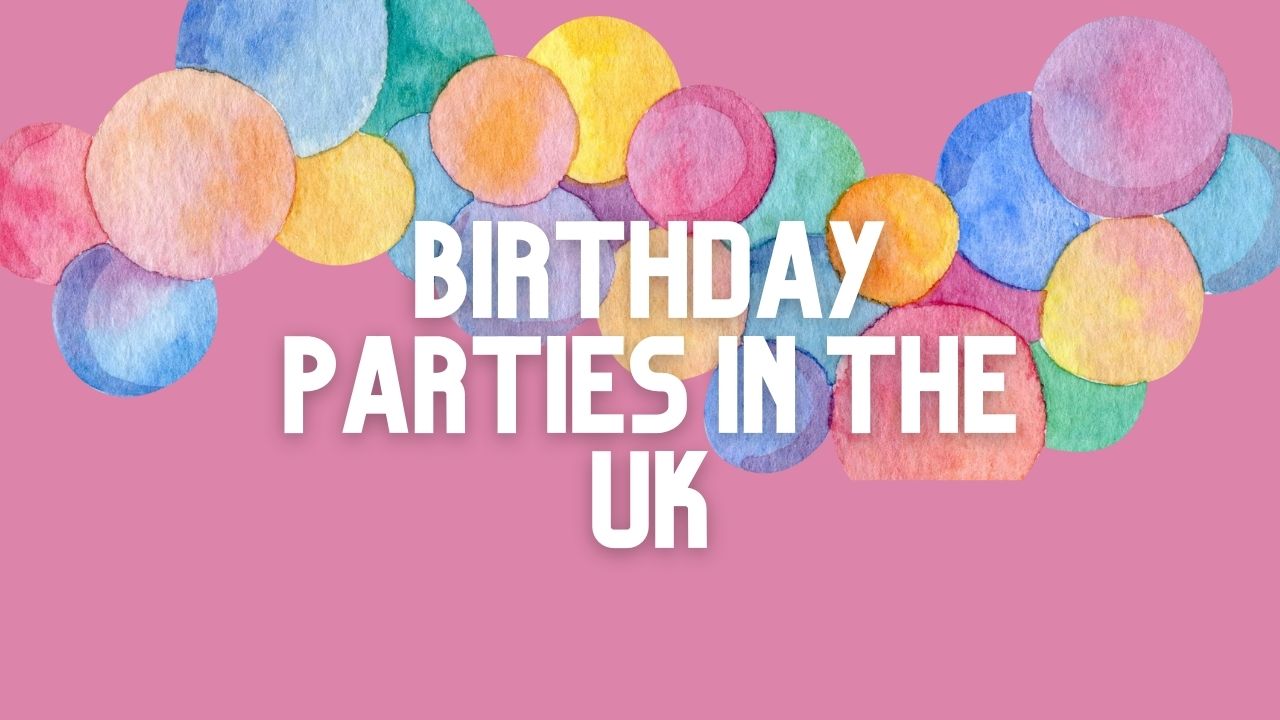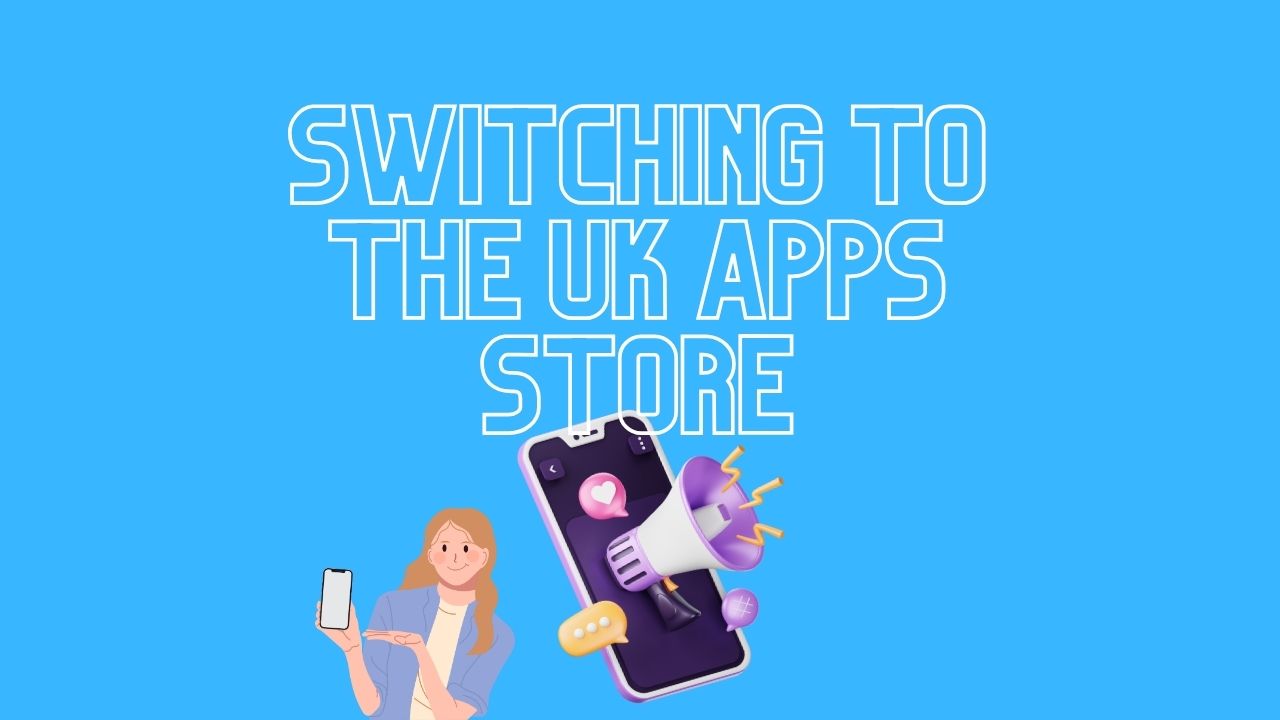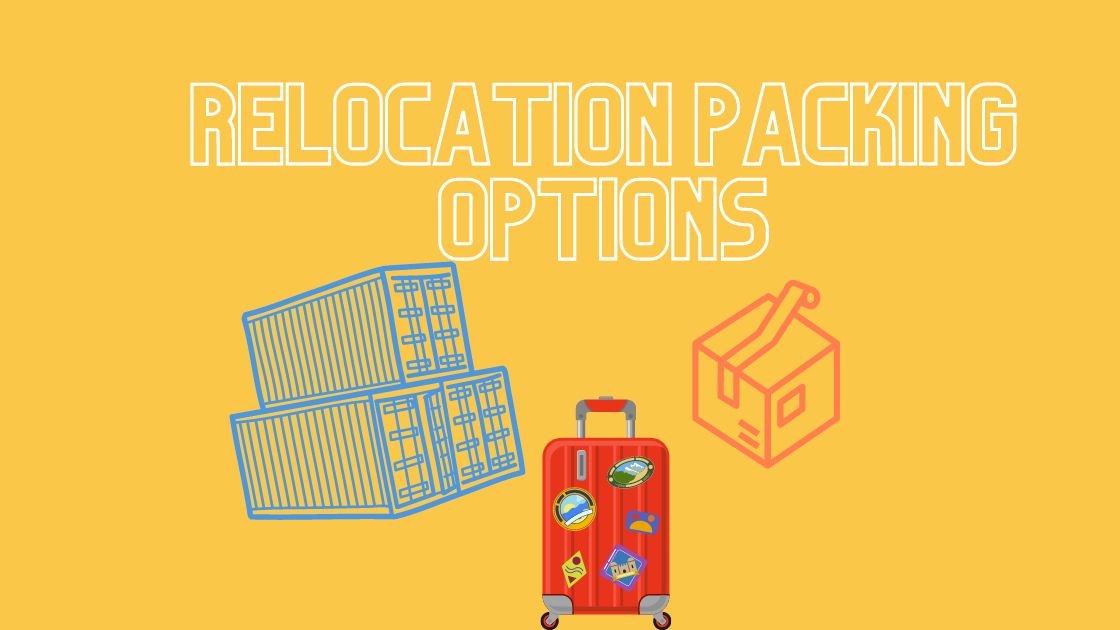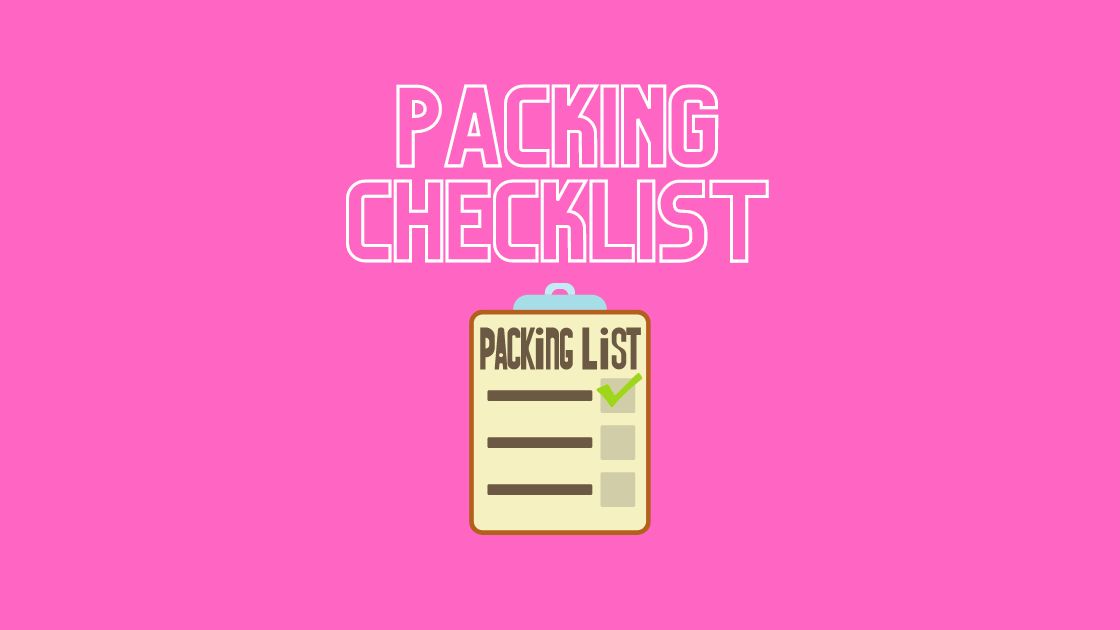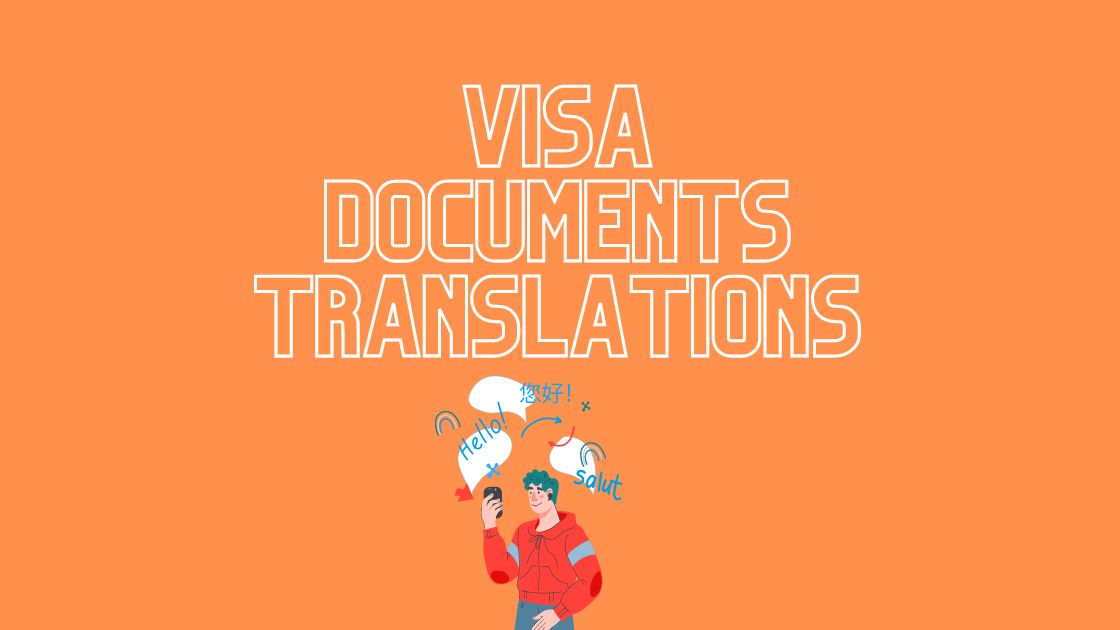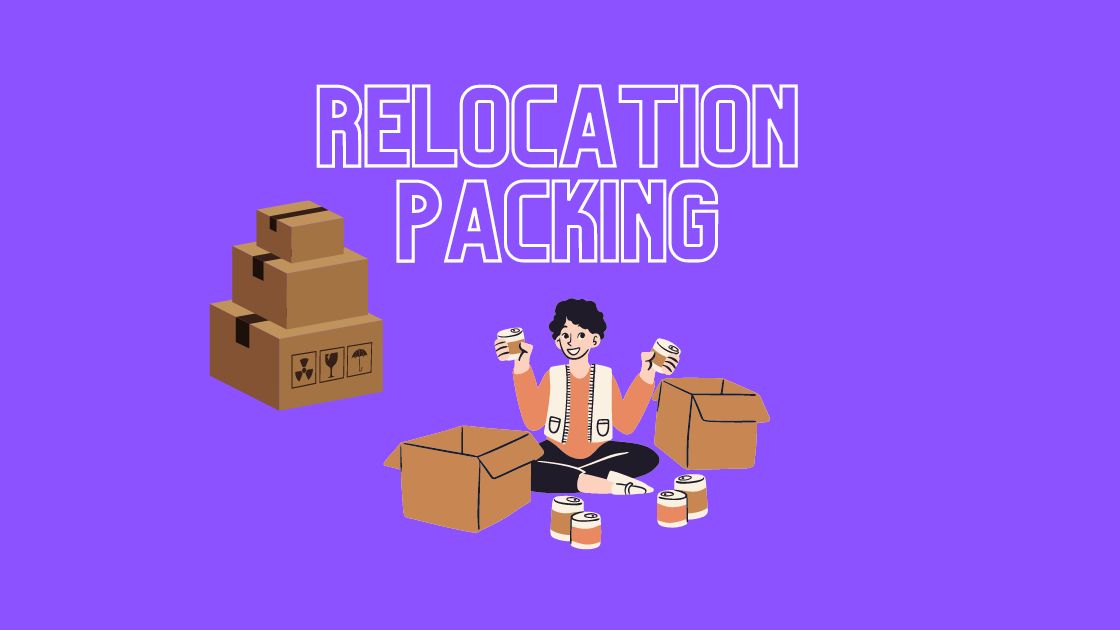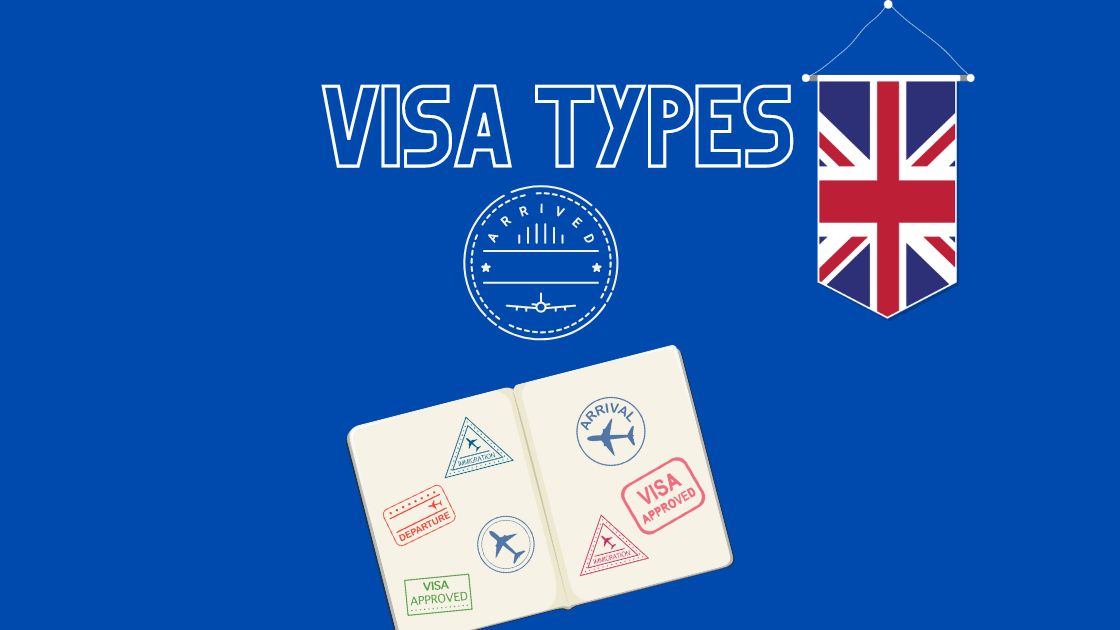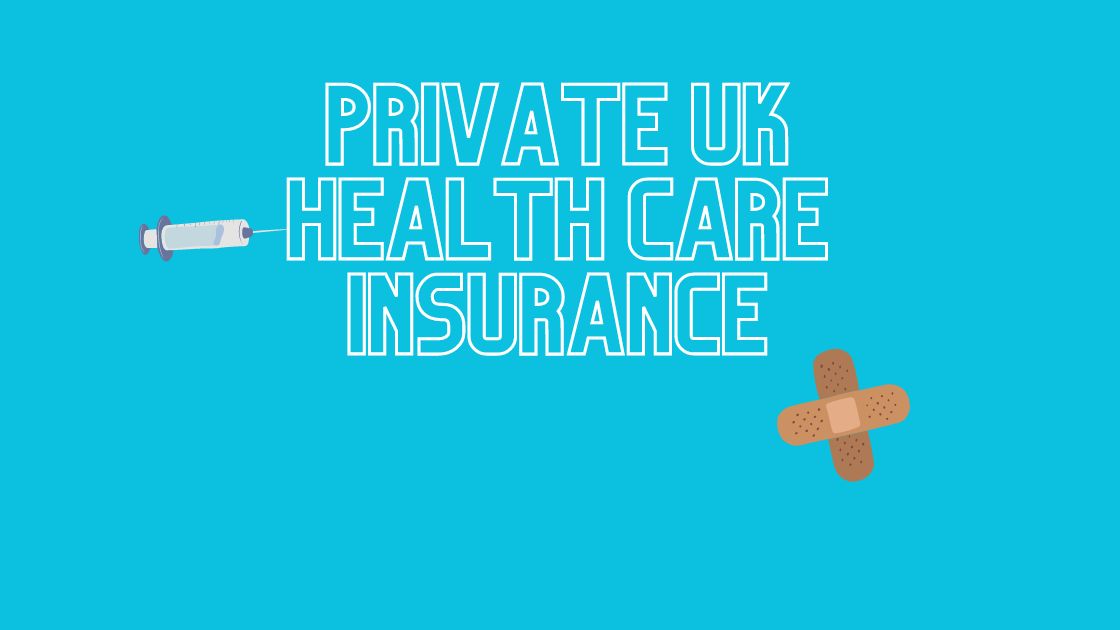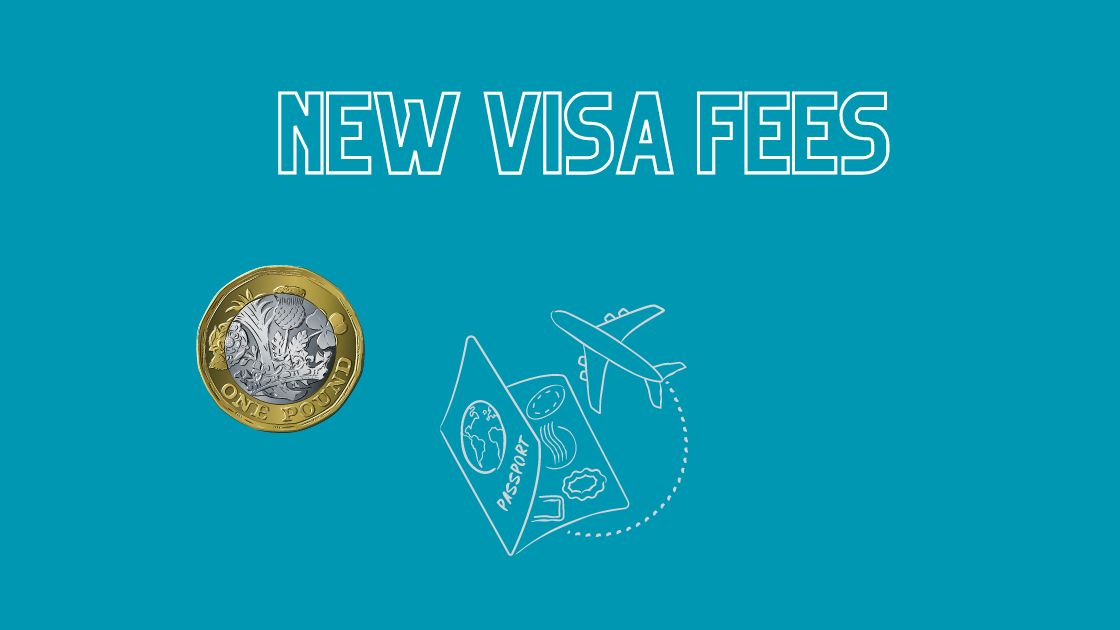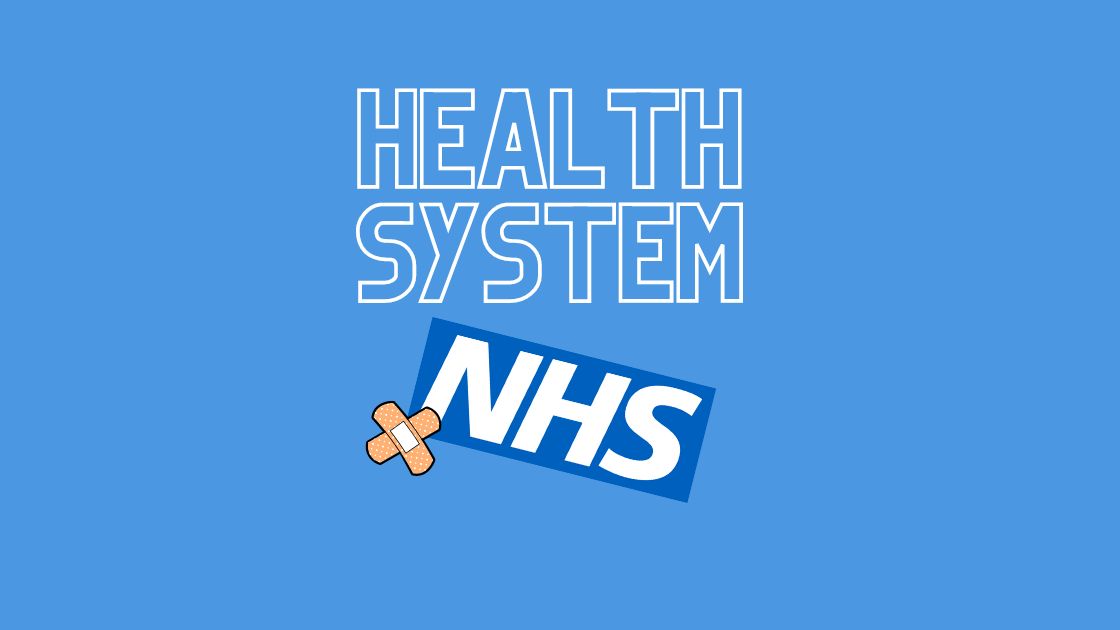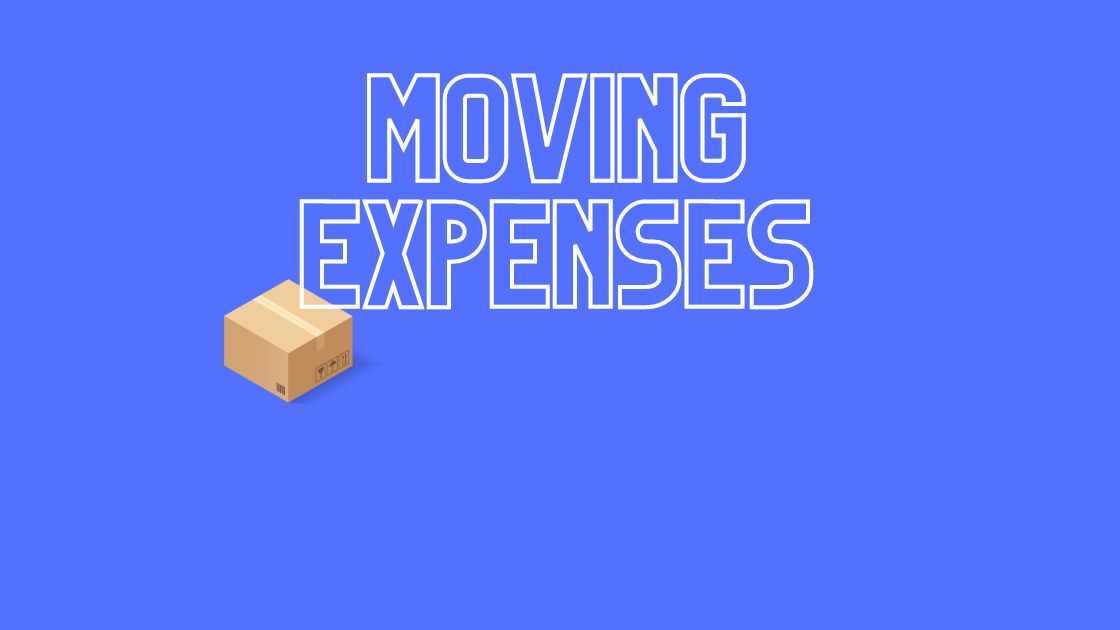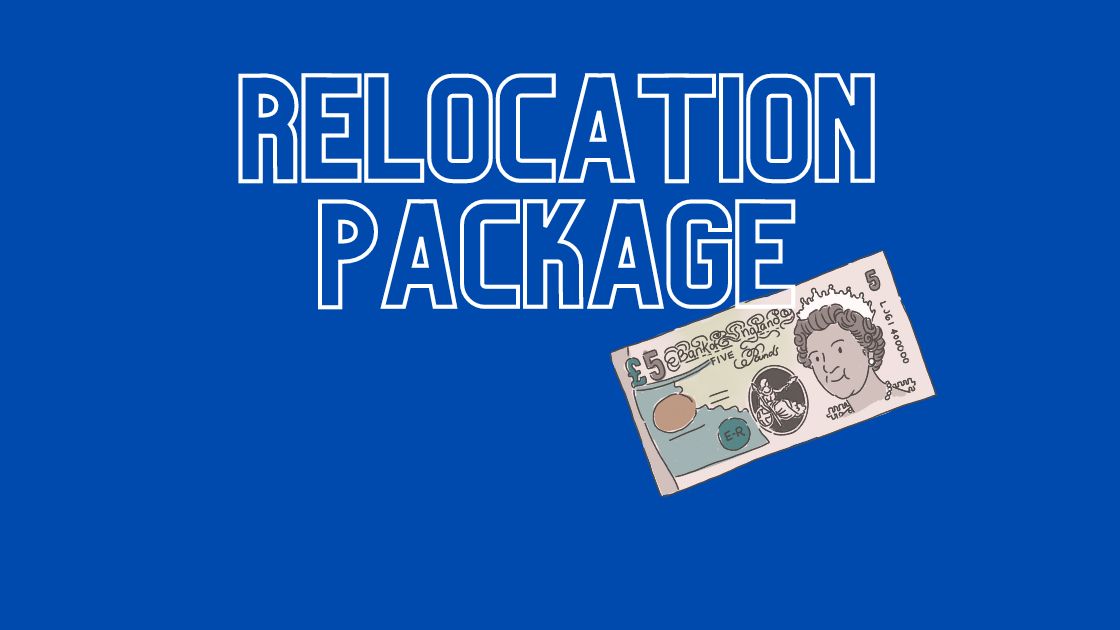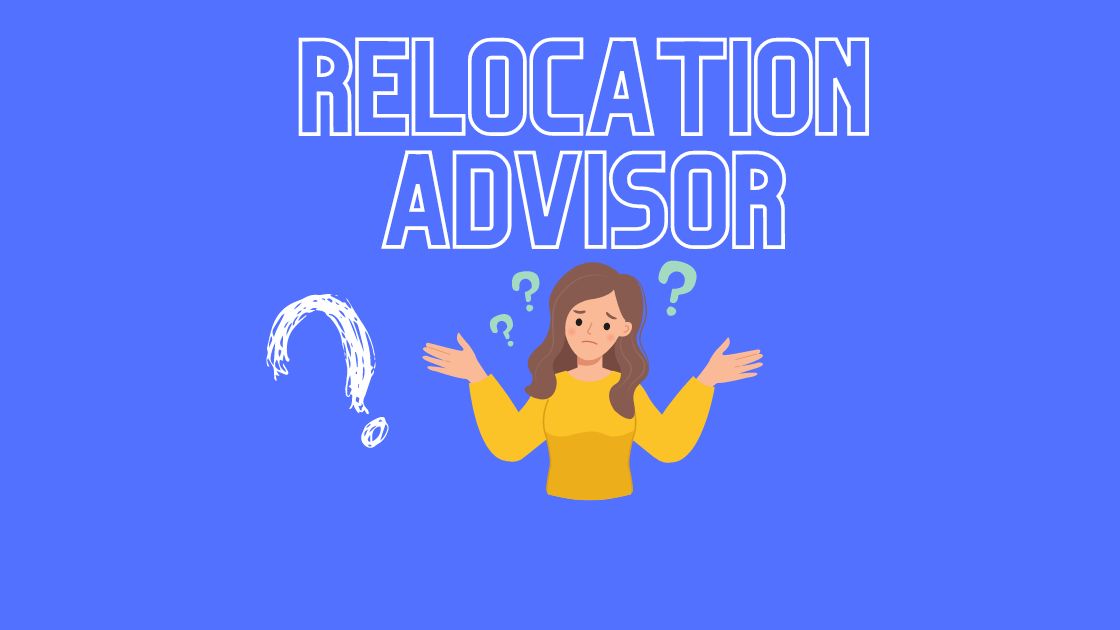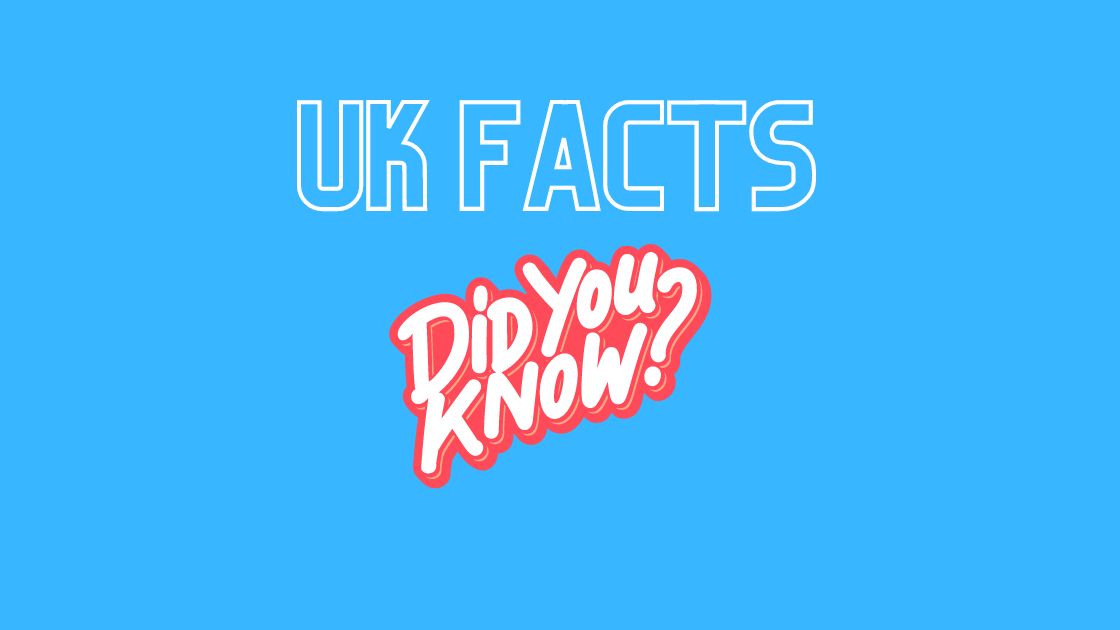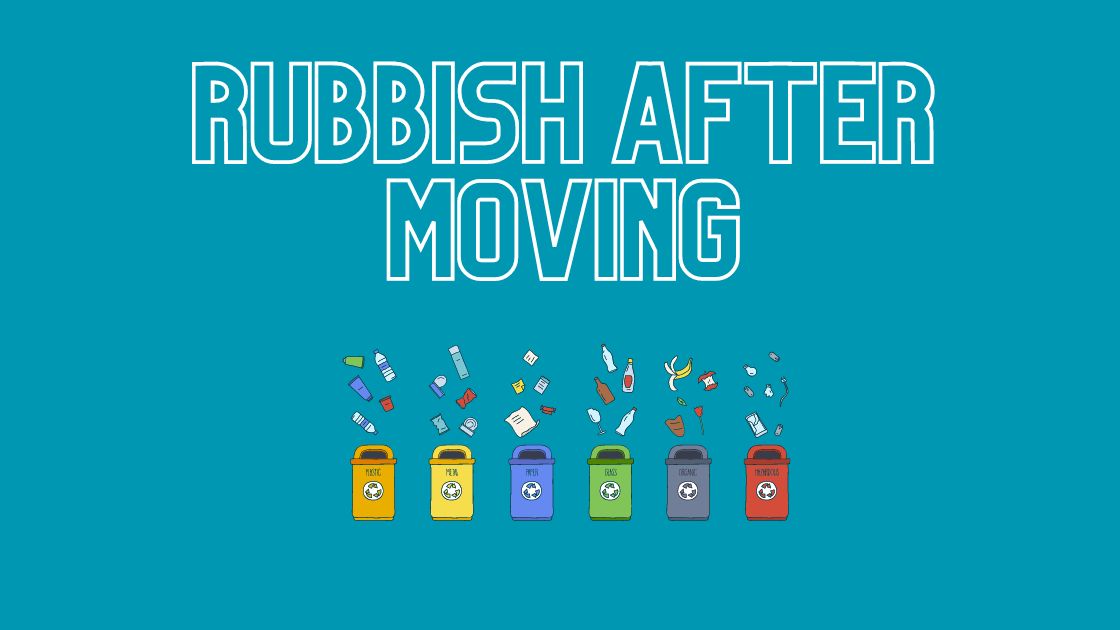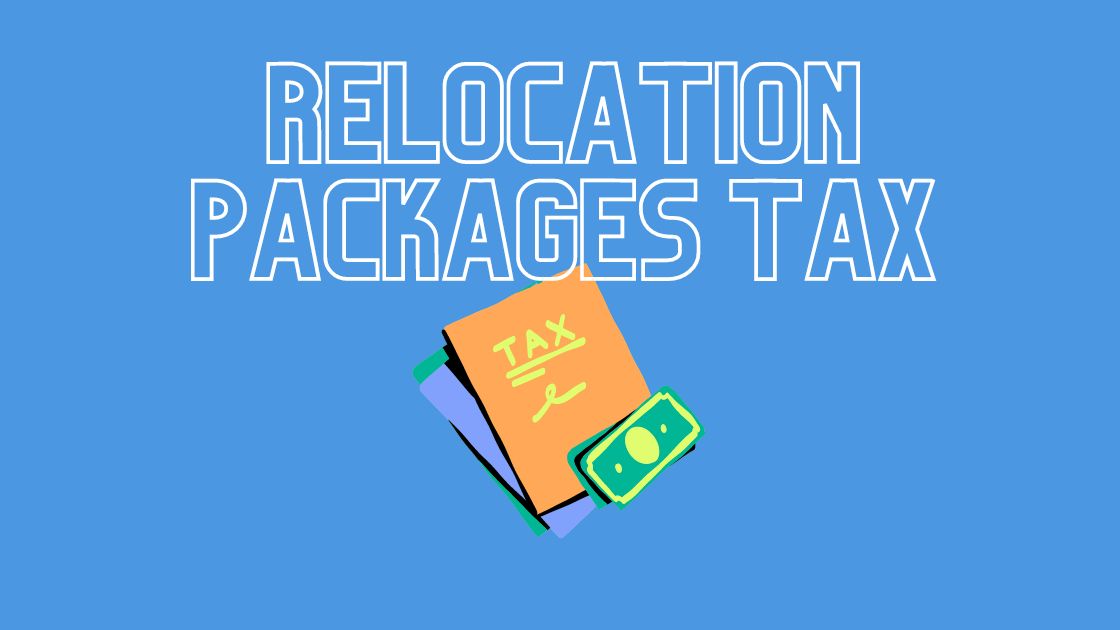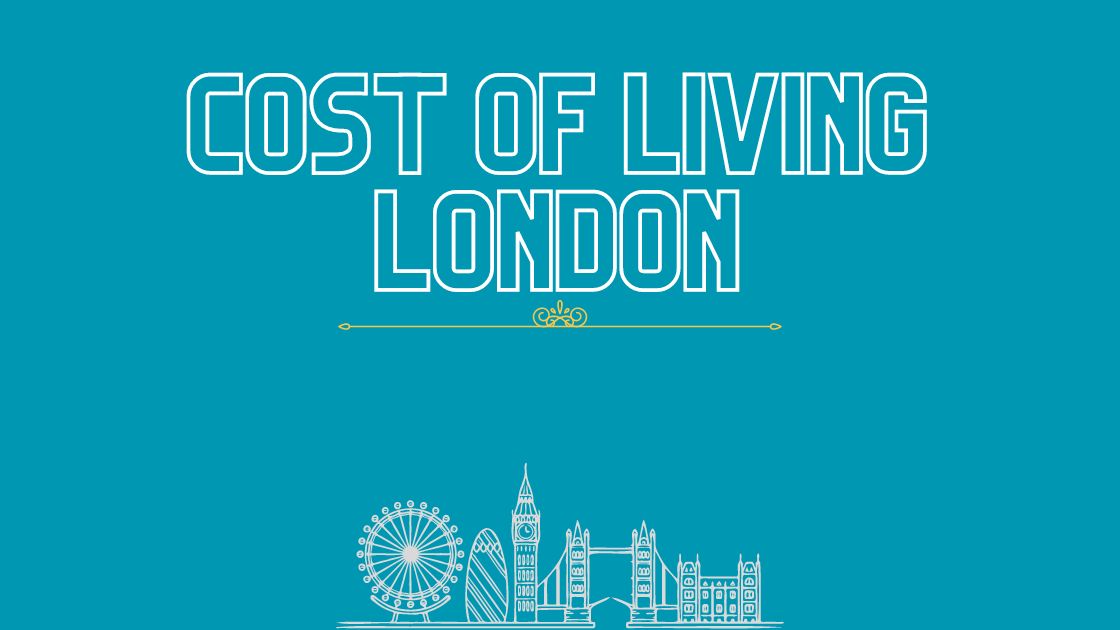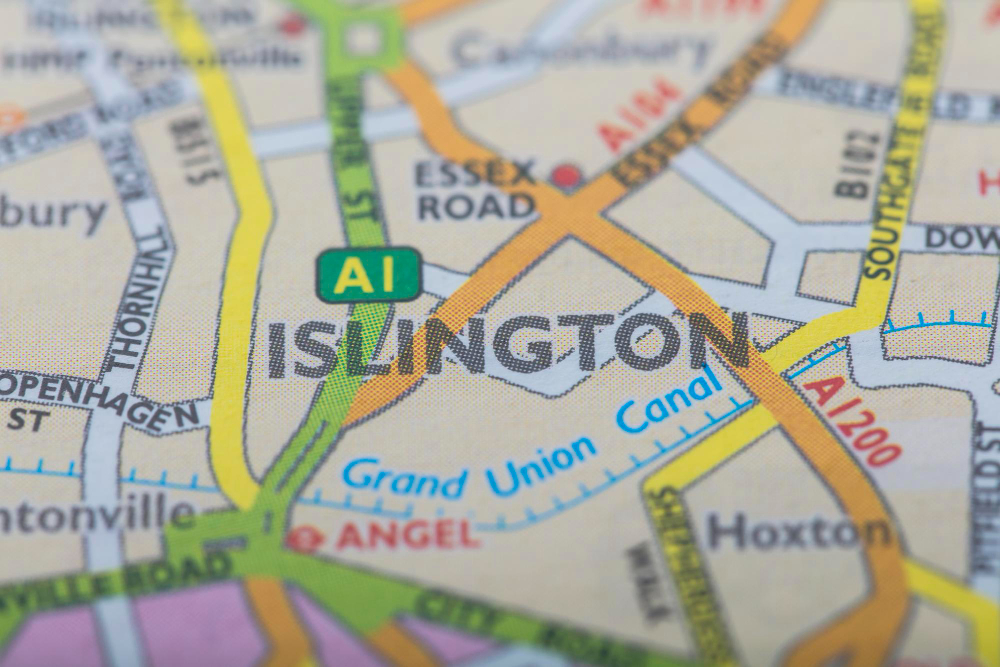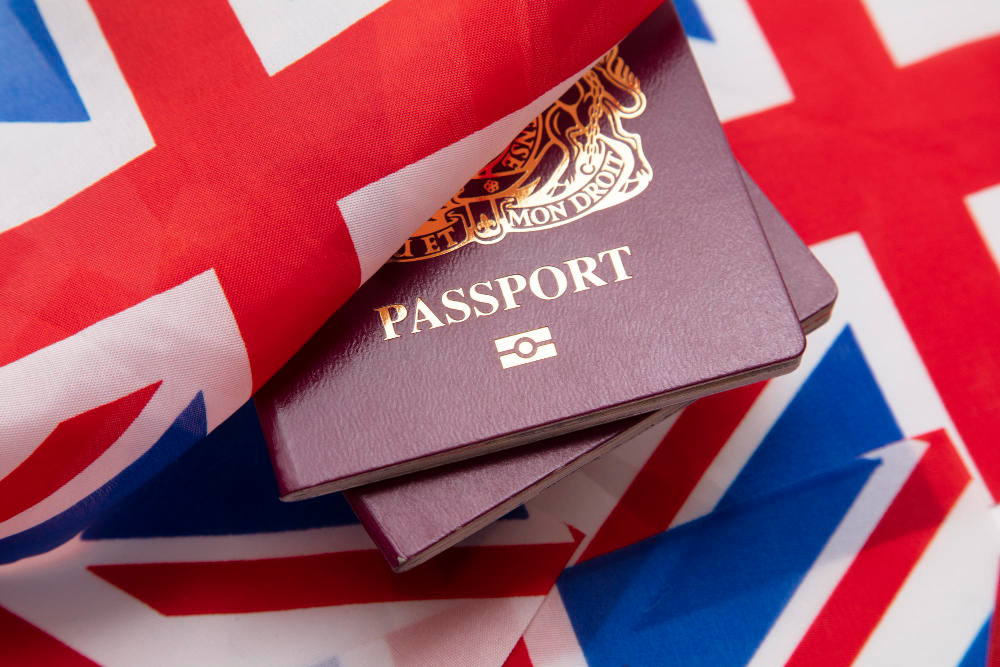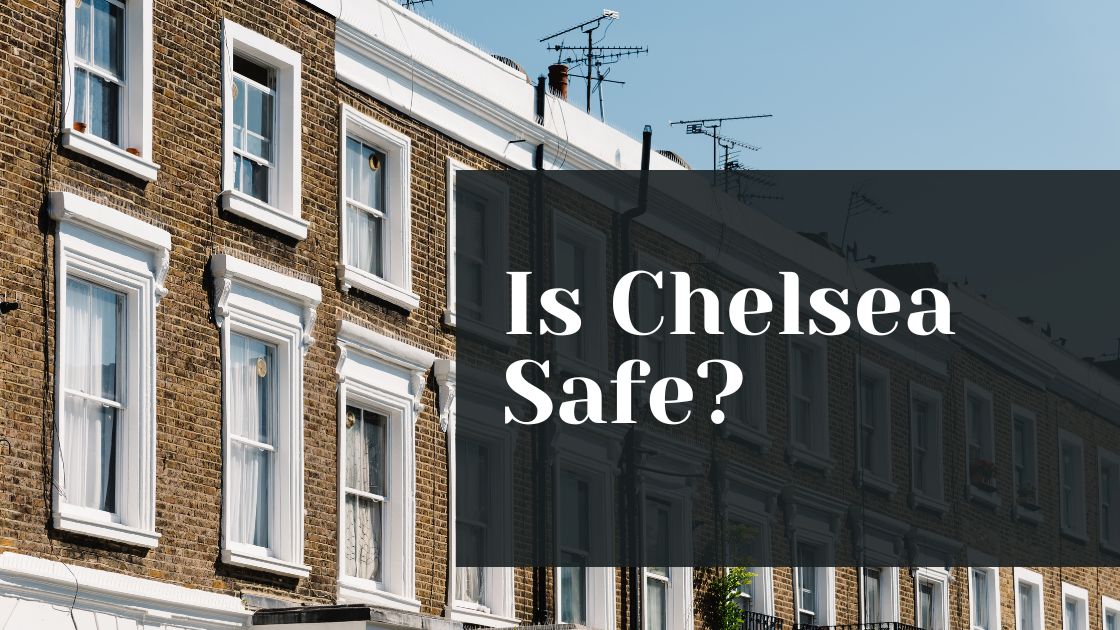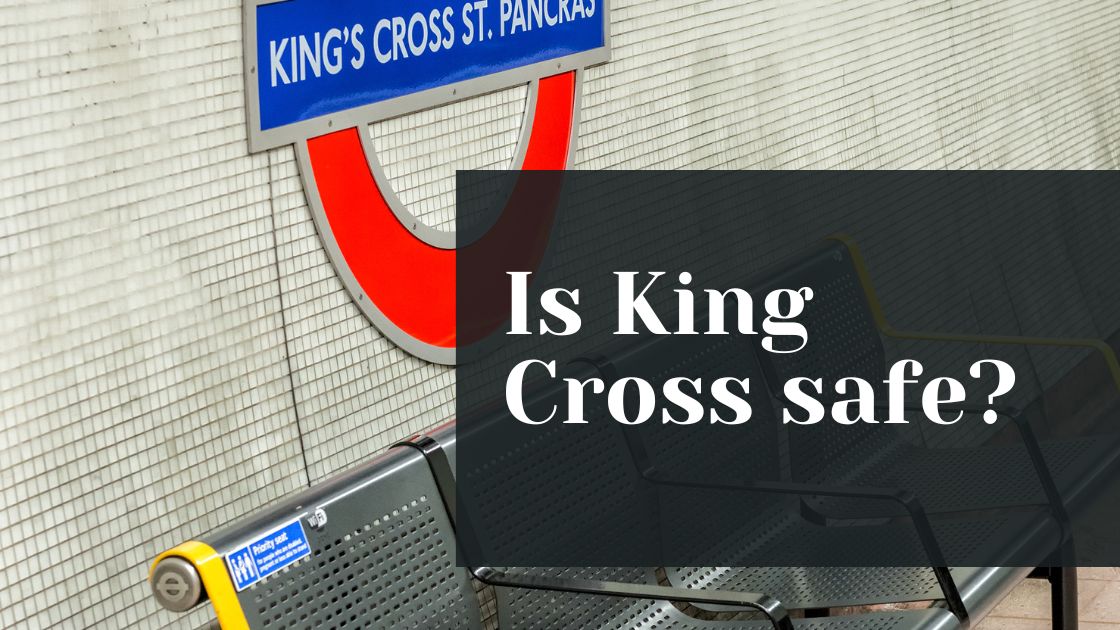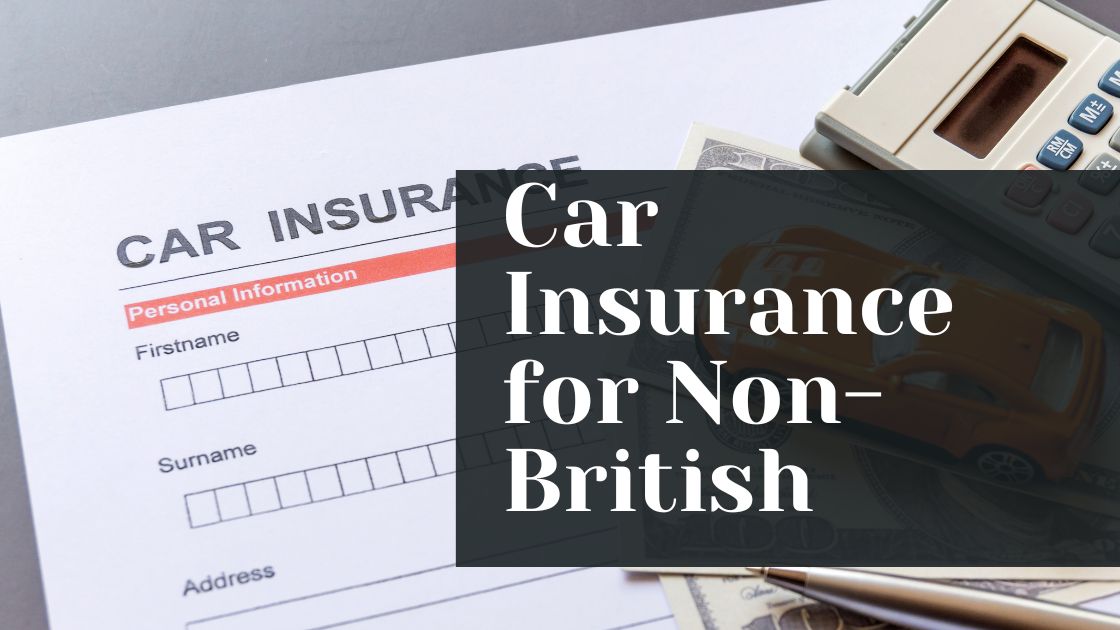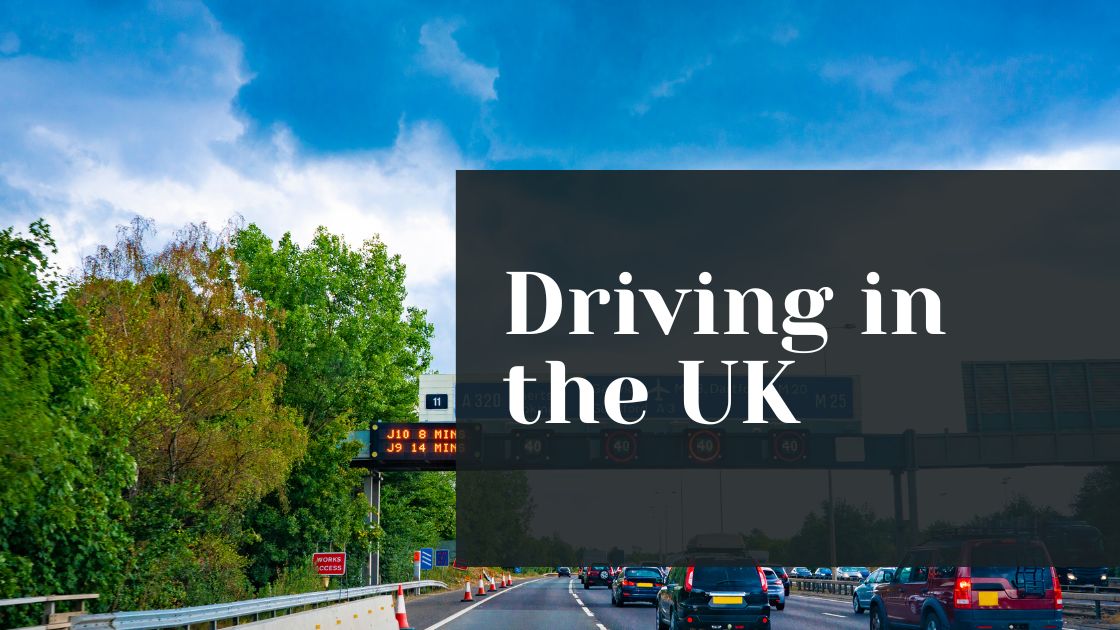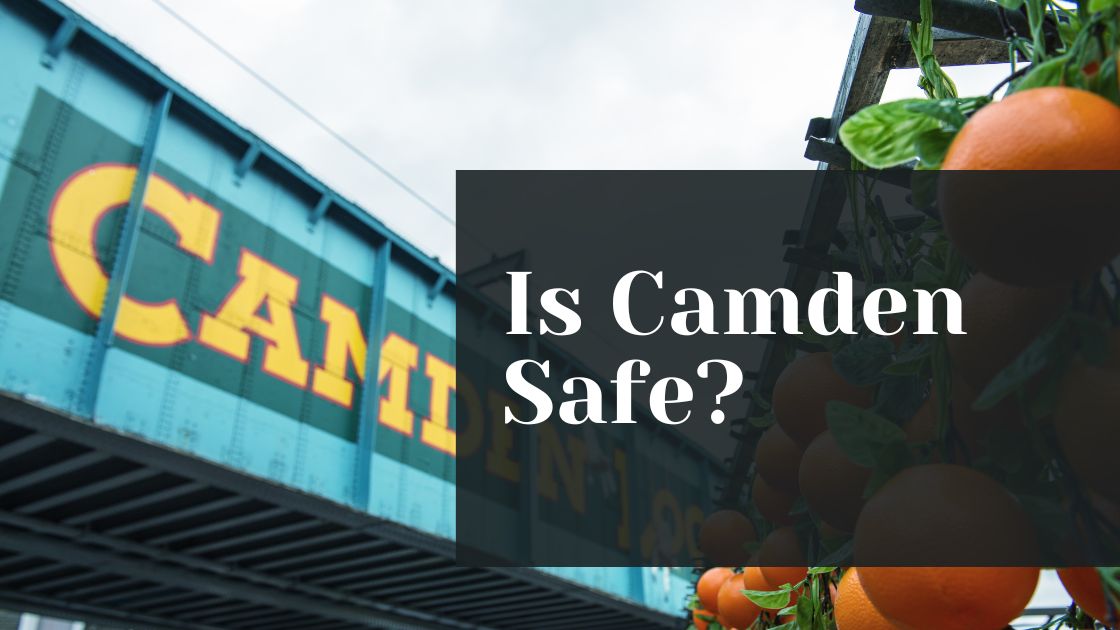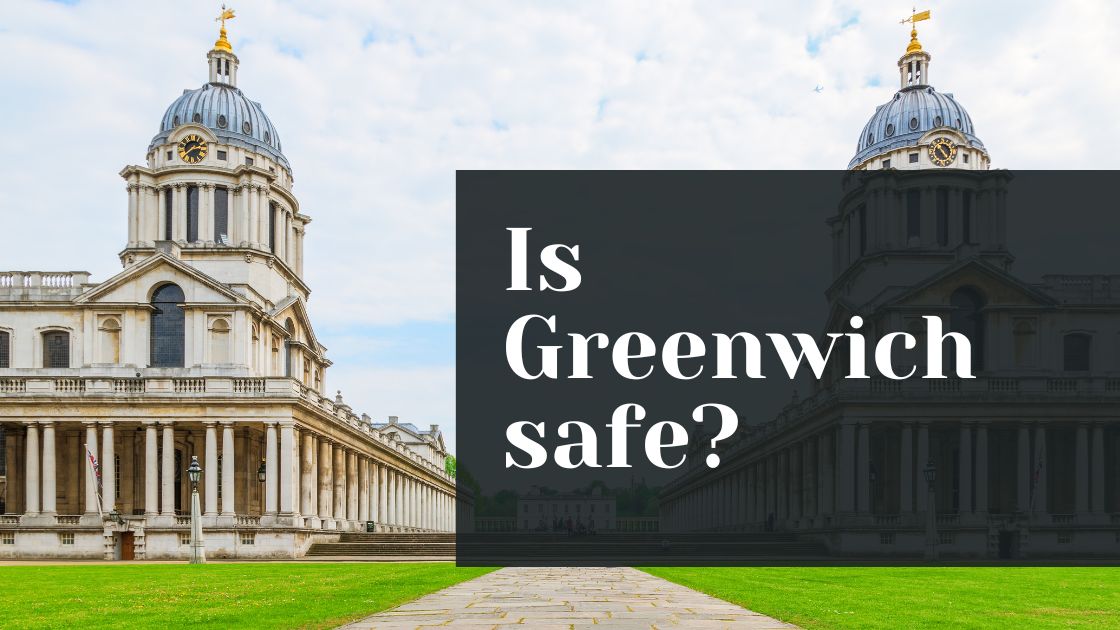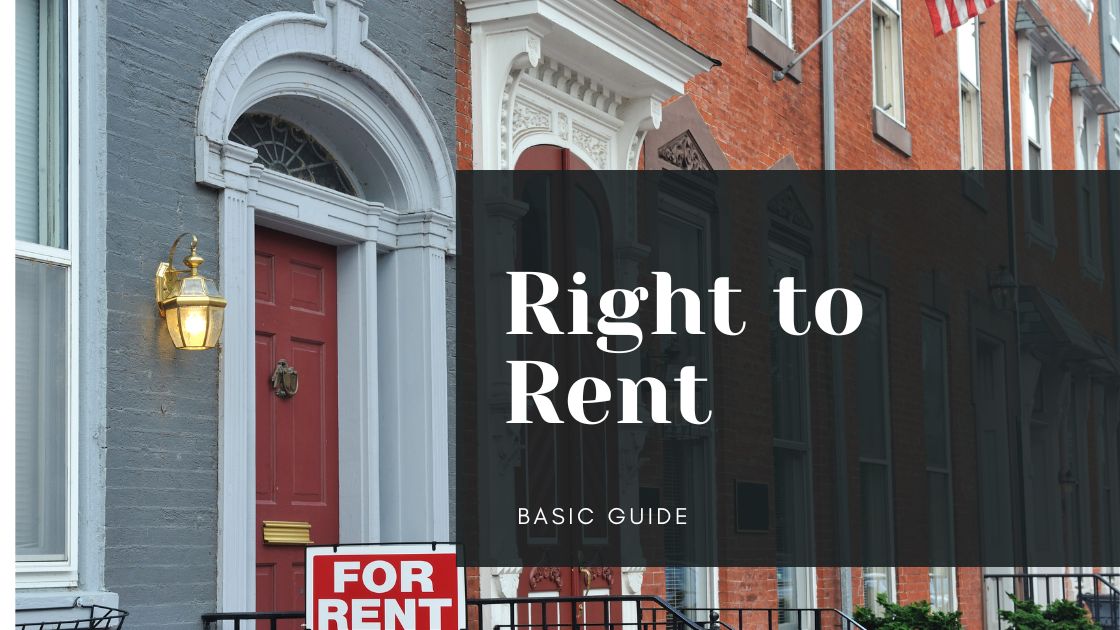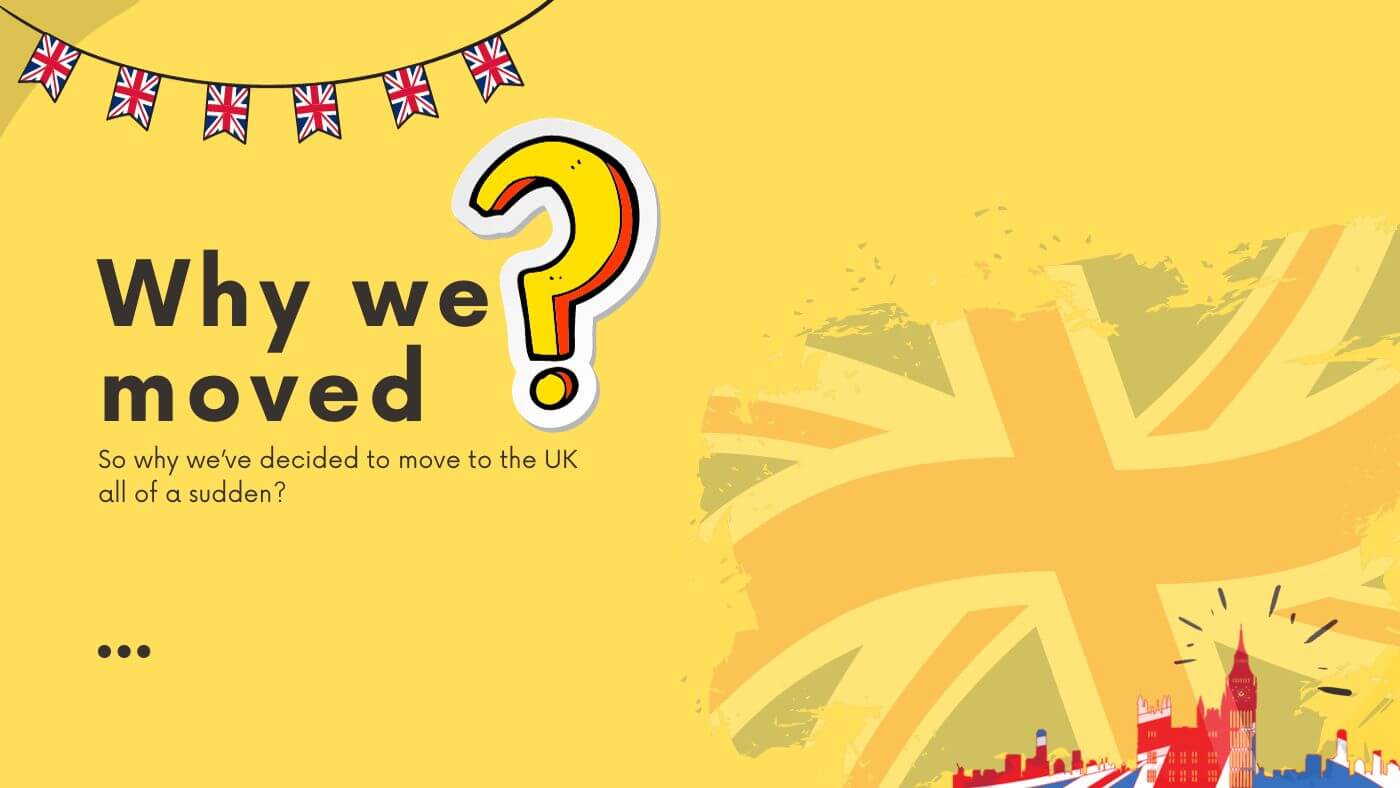If you’re settling into life in the UK with your family in tow, you’ll soon realise that getting around can be a whole lot easier with a set of wheels.
But before you or your teenagers can even think about revving engines or choosing your first car, you need to start with the basics – applying for a provisional driving licence. It’s the very first step on the road to independence, and understanding this process is crucial.
In the UK, you can’t so much as touch a gear stick without it, so it’s important to get clued up. I’ll guide you through all of the steps, from the initial application to passing that all-important driving test. Whether it’s understanding the paperwork, knowing when you can start taking lessons, or just figuring out the costs involved, I’ve got you covered.
Understanding the Provisional Driving Licence
When living in a large city, getting places requires a car. If you’re planning on driving as your main mode of transportation, then you’re going to need to get familiar with the provisional driving licence.
So, what is it? This licence is essentially your ticket to learn how to drive on UK roads. It’s a must-have before you can start taking driving lessons or practice driving with a qualified supervisor. Think of it as your learner’s permit, permitting you to get behind the wheel, provided you stick to certain conditions.
You might be asking why you need this licence before you’re allowed to drive an automobile. Well, it’s all about safety and ensuring that you’re adequately prepared before you join the hustle and bustle of British traffic. With your provisional licence in hand, you can learn the rules of the road, gain valuable practical experience, and prepare for your practical and theory tests.
It’s important to note that you can’t just hop into a car and drive off – you need to be accompanied by someone who’s at least 21 years old and has held a full driving licence for at least three years.
For those of you with teens eager to gain some independence, this is their first step towards freedom on the road. Knowing about the provisional licence is a great way for the younger members of the family to prepare for the responsibilities that come with driving in the future.
Keep in mind, the provisional licence isn’t just for cars – it covers mopeds and motorcycles too if that’s more your speed. Just remember, while it’s an exciting milestone, it comes with the duty to be a responsible and attentive learner driver.
Eligibility Criteria: Are You Qualified?
Now, you might be aware that the journey to becoming a fully licensed driver in the UK begins with getting a provisional driving licence. So, are you, or perhaps your teenager, qualified to apply? Let’s delve into the specifics to ensure you’re on the right track.
Firstly, age is more than just a number when it comes to driving in the UK. Applicants must be at least 15 years and 9 months old to try to get a provisional driving licence.
However, remember that you can’t start driving a car on public roads until you’re 17. For mopeds or light quad bikes, the minimum age drops slightly, allowing 16-year-olds to ride. It’s a rite of passage for many young people, so if your child’s 17th birthday is on the horizon, it might be time to consider getting their provisional licence sorted.
Now, let’s talk about eyesight – a critical factor for safe driving. Your eyesight must be sharp enough to read a standard number plate from a distance of 20 metres. It seems straightforward, but this requirement is in place to ensure that all drivers have the visual acuity necessary for road safety. If your teen needs glasses or contact lenses to meet this requirement, that’s perfectly fine, but they must wear them when driving.
Lastly, the question of legal residency status comes into play. To be eligible for a provisional driving licence in the UK, you must have permission to live in the UK for at least 185 days. For families who’ve just arrived, this might mean a bit of a wait before you can apply. This also means they must have a legitimate and established address in the country. And no – It’s not enough to just pop over for a visit or a short-term stay.
The Application Process Step by Step
Embarking on the journey to getting your provisional driving licence in the UK is like taking the first step towards independence on the road, which can seem a bit daunting at first. But no worries, I’m here to guide you through it step by step.
First things first, you’ll need to have your proof of identification sorted. A valid UK biometric passport is the easiest option, but other forms of ID can be used, such as:
- A non-UK passport
- A biometric residence permit (BRP)
- A biometric residence card
- A national identity card
You’ll also need to provide proof of residency, so have a utility bill or a bank statement at the ready. Just make sure it’s not older than three months.
Now, when it comes to applying, you’ve got two choices: online or by post. Going online is a breeze, and it’s the way most people do it these days. It’s quick; you can do it from the comfort of your own home, and you’ll save a bit of money compared to the postal application.
On the other hand, if you’re not too tech-savvy or just prefer doing things the old-fashioned way, the postal application is still an option. Just remember, it’ll take a bit longer, and you’ll need to factor in the postage cost on top of the application fee.
Speaking of costs, getting your provisional licence isn’t free, unfortunately. You’ll need to fork out £34 if you apply online or £43 if you apply by post. Yes, it’s a bit of a pinch on the wallet, but think of it as an investment in your future freedom on the road.
Now, once you’ve sent off your application and paid the fee, it’s just a matter of waiting for your licence to arrive. The DVLA is usually pretty quick with these things – you can expect to have your shiny new provisional in hand within a week if you applied online or up to three weeks if you sent your application by post.
Preparing for Your Theory Test
When you’re gearing up for your theory test, you must arm yourself with the right knowledge and tools. Imagine assembling a piece of flat-pack furniture without instructions; you wouldn’t get very far, would you? That’s why studying effectively is crucial. Various resources are at your disposal, and it’s wise to use a mix to ensure you’re well-prepared.
Written Resources
Starting with books, you’ll find the official DVSA guide to driving essentials, packed with everything you need to know. Not a fan of reading from a book? No worries. DVDs are available, too, offering an interactive way to learn the rules of the road. You can watch real-life situations and get to grips with the Highway Code in a format that’s more engaging for you.
Practice Tests
Now, let’s talk about online practice tests. These are a godsend, honestly. They replicate the actual test format, which helps you become familiar with the types of questions you’ll be asked.
You’ll find many resources with mock tests, and it’s a good idea to take as many as possible. This not only helps with understanding the content but also with time management, so you’re not caught off guard on the day of the test.
Check out this kit on Amazon for Thoery tests in 2024
Online Resources
Don’t forget about mobile apps as well. You’re probably glued to your phone like the rest of us, so why not make that screen time count? There are a few apps designed to help you study on the go.
Whether you’re in the queue at the supermarket or waiting for your little one to finish football practice, you can squeeze in some revision. These apps often include interactive case studies and can be a fun way to challenge yourself.
Understanding The Format
Familiarising yourself with the test format is also important. There are two parts to the theory test: multiple-choice questions and the hazard perception test. The multiple-choice section will test your knowledge of the Highway Code and driving theory.
As for the hazard perception test, you’ll watch video clips to identify potential hazards on the road. It’s all about timing here – click too early or too late, and you won’t score the points.
From L-Plates to Full Licence: The Learning Journey
Right now, only 50% of learners pass on their first try, so choosing a driving instructor is a crucial first step on your way to getting a UK driving licence. You’ll want someone who’s not only qualified but also meshes well with your learning style.
A good instructor holds an Approved Driving Instructor (ADI) qualification and has a reputation for patience and clear communication. Remember, this person will be your guide through the complexities of the UK’s roads, so it’s worth looking for recommendations within your local community and perhaps even asking for a trial lesson to see how you gel.
Now, onto the nitty-gritty: how many lessons might you need? It’s as varied as our lovely British weather! Your mileage may vary, of course. Some of you might find that you pick it up quicker than a toddler learning new words, while others may need a little more time to feel confident behind the wheel. There’s no rush, and it’s important to feel ready before you take that test.
Practising with family can be a tremendous help, provided you’ve got L-plates displayed and a willing, as well as qualified family member in the passenger seat. This additional practice can be invaluable, allowing you to experience different driving conditions and times of day in a more relaxed environment. Just make sure your family member knows their stuff and that they’ve had their full licence for at least three years.
The Practical Driving Test: What to Expect
Booking your test is the first hurdle. It’s quite straightforward; you’ll do this online once you’ve passed your theory test and have had enough practice to feel confident behind the wheel. Choose a test centre that’s convenient for you, and pick a date when you know you’ll be ready and not rushed off your feet with family commitments. Now, let’s delve into the test format.
- Section One: It kicks off with vehicle safety questions, often referred to as ‘show me, tell me’ questions. You’ll need to demonstrate basic car maintenance and safety knowledge – think checking oil levels or adjusting headrests. It’s practical stuff that goes beyond just passing the test. It’s about keeping you and your little ones safe on the road.
- Section Two: Next up is the driving ability component. During this, an examiner will assess your prowess in various driving scenarios – from negotiating roundabouts to parallel parking, which can be a bit of a headache, I know. Remember, they’re not looking for perfection; they’re looking for safe and competent driving.
- Section Three: Lastly, there’s the independent driving section. This is your moment to show you can make good decisions without someone telling you what to do at every turn. You’ll either follow sat-nav instructions or traffic signs to a specified destination. It’s not about testing your memory but seeing how you handle driving without guidance.
Mistakes to Avoid on Your Test Day
First, ensure you’ve got your documents sorted; forgetting your provisional licence is a no-go. Next, don’t skip the basics — mirrors, signals, then manoeuvre. It’s a golden rule. Also, you’ll want to avoid being too hesitant or overly aggressive on the road.
Tips For Passing
First, get plenty of practice in all sorts of conditions if possible. Familiarise yourself with the test routes near your chosen centre. Stay calm, and don’t rush – rushing leads to mistakes. And on the day, make sure you’ve had a good night’s sleep. You want to be alert, not yawning. Lastly, keep a positive mindset; believe in your ability to pass.
Insurance and Driving with a Provisional Licence
When you relocate to the UK with your family and your youngsters are ready to take the wheel, grasping car insurance is vital. If your teen has a provisional licence, you can add them to your policy, although it might bump up the cost.
It’s essential to weigh up different insurance options – some firms specialise in learner drivers, offering temporary cover for the time they’re learning.
This can be a more flexible route, allowing them to practise without committing to an annual policy. Just remember, vehicle insurance in the UK is a legal must-have – it protects not just your pocket but everyone on the road.
To Wrap Up
So, there you have it. Securing your provisional driving licence in the UK is as straightforward as ticking off a few key steps. Remember, you’ll need to sort your ID, fill out the form, and pay the fee.
Don’t let the process daunt you; it’s the first exciting step to zipping around with your family on new adventures. So get to studying, and soon, you’ll be well on your way to exploring the UK motorways with the family in tow.


